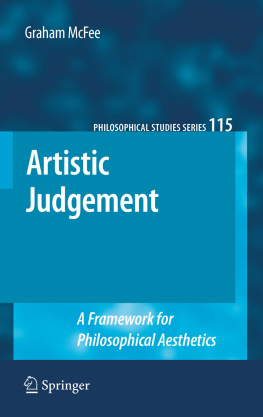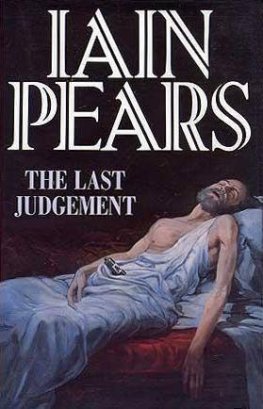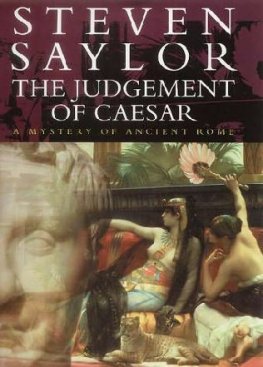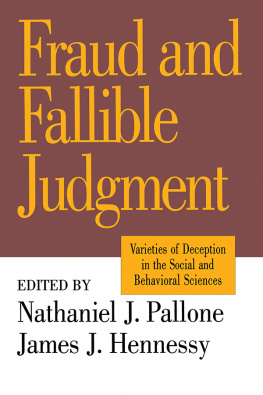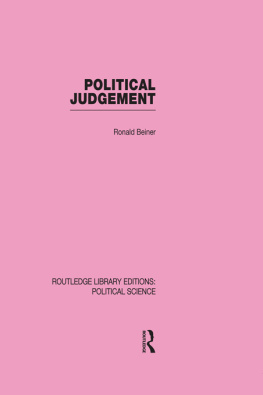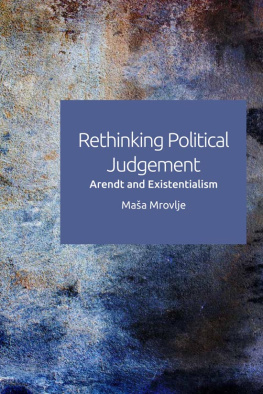Graham McFee Philosophical Studies Series Artistic Judgement A Framework for Philosophical Aesthetics 10.1007/978-94-007-0031-4_1 Springer Science+Business Media B.V. 2011
1. The Artistic and the Aesthetic: A Distinction Considered
Abstract
Aesthetic interest, or aesthetic judgement broadly conceived, is a widespread phenomenon: people respond positively to the elegance of the Ferrari, the glorious colour of the sunset, the grace of a Fred Astaire dance sequence. This is a mixed bag: elaborating such examples would include cases where judgements, although rightly classified as aesthetic , were negative: the ugliness of the new skyscraper, say, or the terrifying aspect of the cliff face. In addition, for many of us, there is art in all its forms: that is to say, what is sometimes called fine art painting, poetry, music, dance, novels, and much more. How might this puzzling diversity be brought together (where it should) by philosophical aesthetics? From what kind of framework should the investigation begin?
Aesthetic interest, or aesthetic judgement broadly conceived, is a widespread phenomenon: people respond positively to the elegance of the Ferrari, the glorious colour of the sunset, the grace of a Fred Astaire dance sequence. This is a mixed bag: elaborating such examples would include cases where judgements, although rightly classified as aesthetic , were negative: the ugliness of the new skyscraper, say, or the terrifying aspect of the cliff face. In addition, for many of us, there is art in all its forms: that is to say, what is sometimes called fine art painting, poetry, music, dance, novels, and much more. How might this puzzling diversity be brought together (where it should) by philosophical aesthetics? From what kind of framework should the investigation begin?
The literature of philosophical aesthetics contains texts whose primary focus is on artworks, texts with a similar focus on (non-art) aesthetic objects, and a number of texts which attempt to combine these foci. In developing a framework for my own account of philosophical aesthetics, I am especially concerned about art : that is, about the nature of artworks and of our responses to them; and, in particular, artworks distinctive (non-monetary) value. Further, for me, understanding the nature of art centrally involves contrasting art, and artistic judgement, with other (non-art) aesthetic judgements and their objects. For one characteristic shared by many of the cases of the aesthetic noted above is that they are not art . As we will see, that thought is crucial for my framework as it develops here.
Actually, the beginnings of philosophical aesthetics as we understand it broadly coincides with the articulation of a distinctive concept of art (as fine art), and with a distinctive valuing of both such a concept and the objects to which it appliesa valuing distinct from their beauty, monetary worth, and so on. For instance, Roger Scruton (: 98) writes that:
aesthetics, conceived as a systematic branch of philosophy [what I call philosophical aesthetics], is an invention of the eighteenth century. It owes its life to Shaftesbury, its name to Baumgarten, its subject-matter to Burke and Batteux, and its intellectual eminence to Kant.
On such a view, then, philosophical aesthetics begins in the period where concern with a distinctive conception of the artistic (roughly as I shall draw it) makes sense: then, the appreciation of nature and of craft-work is implicitly contrasted with that of art . Not, of course, that philosophical aesthetics was (always) primarily interested in artKant, for instance, certainly was not! But his interest in, say, natural beauty must be understood against a back-drop provided by art: the contrast between free and dependent beauty is, in effect, one tool here (see McAdoo, ). Further, arguing that the philosophy of art has enough problems of its own, and can therefore be treated independently of the philosophy of natural beauty (as perhaps Hegel did), also marks such a contrast between judgements of art and others.
The thought, then, is that one understands what art is partly by contrast. And that understanding the nature of art requires endorsing that contrast, thereby stressing the centrality of this distinction between two kinds of interest, two kinds of judgement, two kinds of appreciation: that is, between the interest, judgement and appreciation appropriate to artworks and that interest, judgement and appreciation appropriate to all the other (non-art) things in which we take an aesthetic interestbetween what I call the artistic and the aesthetic .1 This is the single most important contrast, or distinction, within philosophical aesthetics, implicit (when not explicit) in all discussions of artworksor, at least, one which should be: a distinction regularly drawn in practice, but not (typically) marked in theory, at least in this form. This contrast or distinction is fundamental to the framework for philosophical aesthetics developed here. It is addressed throughout this work, and especially in this chapter.
1.1 A Crucial Distinction
We can begin with an example. Our appreciation of a great painting and of the wallpaper on the wall on which it hangs are very different, although both are concerned with line, grace, etc. and in neither case is the object considered solely as a means to an otherwise-specifiable end: that is, purposively. Recognizing that there is, for instance, something different to say about the painting, and especially about the value of the painting, is contrasting the artistic with the (merely) aesthetic. For the judgement of art needs, in this way, to be treated or regarded differently from the other: failing to do so is ignoring what is distinctive about art.
Having roughed-out the distinction for one artform, it should be applied quite generally: to recognize, say, the artform dance is to contrast the grace of the dancer with that of the roadsweeper (or the gymnast). To this degree at least, art-status should be seen as transfigurational (Danto, ; UD: 5152): the pattern of movement was graceful in the gymnast, but incorporating that pattern into our dance requires that the grace be regarded differentlyas it were, like that of the painting rather than the wallpaper. Further, its recognition as dance (the artform) allows a different account of the grace. For artistic appreciation, artistic judgement (etc.) locates the artwork in question in the history and traditions of artmaking and art-appreciating in that artform (and, perhaps, that genre , etc.). So that ones failure to know or understand counts against ones possibilities of making (genuine) artistic judgementsjudgements true of the artworks before one.
Such a contrast is needed to explain artistic value , in contrast to the value of the wallpaperan explanation especially required in, say, aesthetic education. For were there nothing distinctive about art , and especially no distinctive value, aesthetic education need not concern itself with art, but could instead simply treat natural beauty or decorative design. Then granting that this would be a defective view of aesthetic education is granting that there is a distinctiveness here, a distinctiveness characteristic of art . And without such a concession, there can be no distinctive artor so I urge. Hence this is, as was said above, the single most important distinction within any philosophical aesthetics which takes art seriously.
Notice, first, that the artistic/aesthetic distinction is technical standard English usage employs each word on both sides of the distinction; second, that both are within the larger aesthetic (UD: 3942), so that both kinds of interest are contrasted with purposive interest, and both might be characterized as a concern with grace, line, etc.or their opposites.

